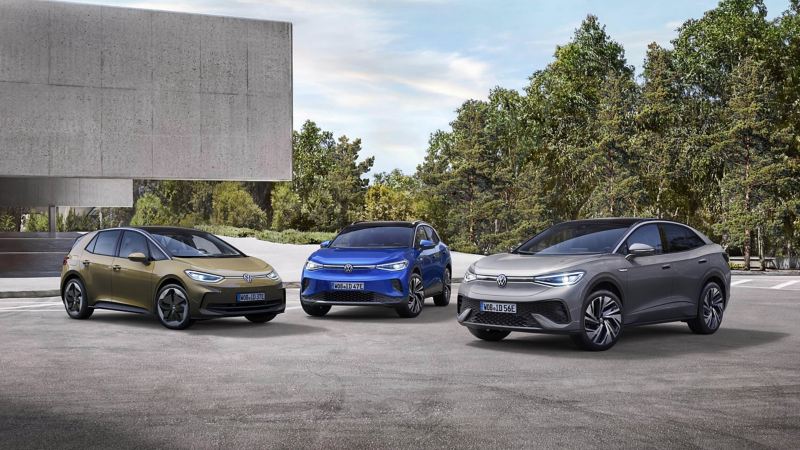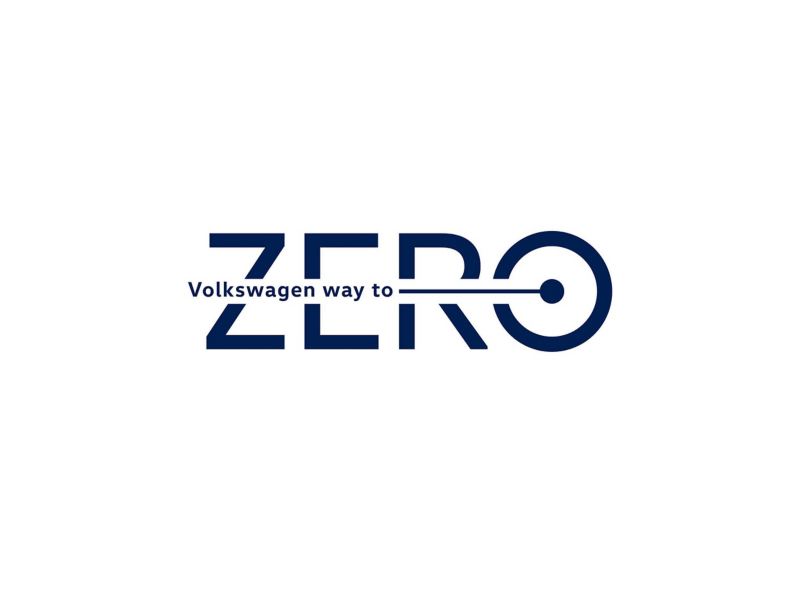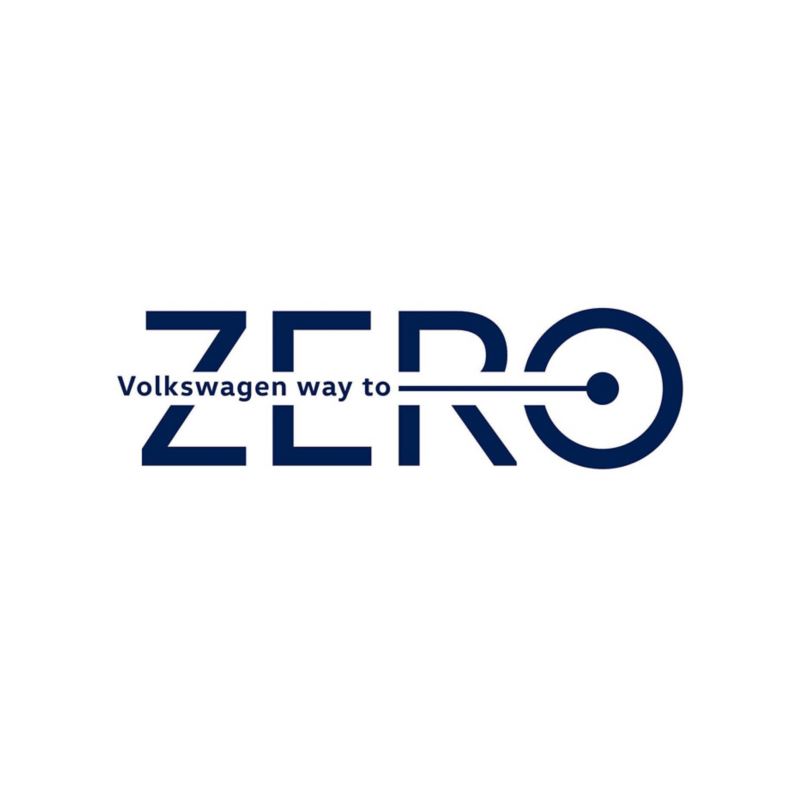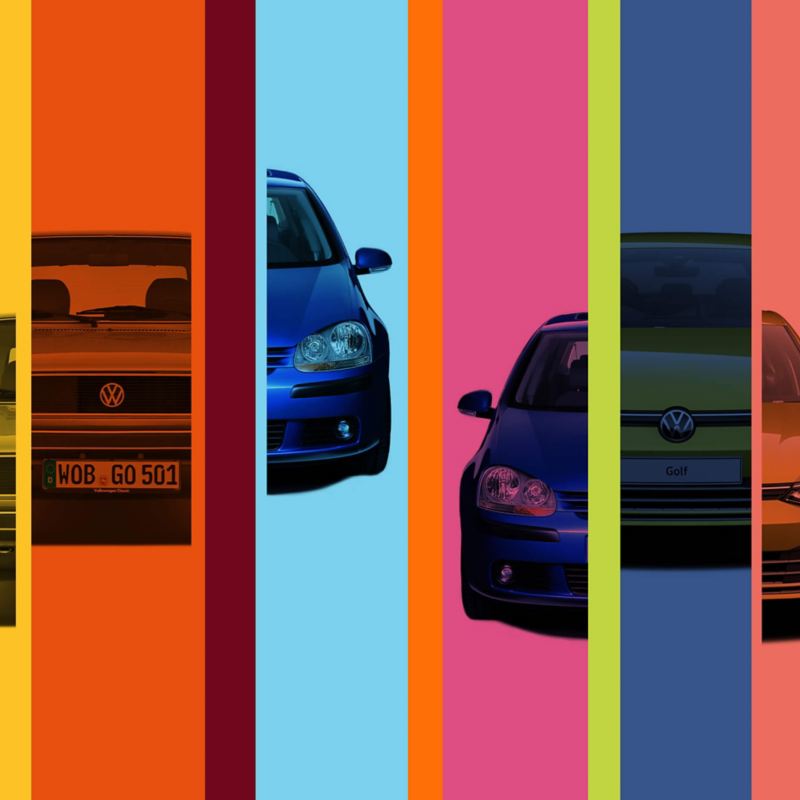How we’re making our interiors our most sustainable ever
At Volkswagen, we’ve pioneered a wide range of innovations that make our electric cars more sustainable than ever.
Now, the ID. Buzz, ID.3, ID.4, ID.5, and ID.7 will all receive interior upgrades to make them more eco-friendly than ever before. Seat covers will now use Seaqual® yarn, which is 10% collected marine debris and 90% recycled polyester - the production emits almost a third fewer emissions.
As Silke Bagschik, Head of Product for Line E-Mobility, explains: “Through the widespread use of recycled materials and the animal-free interior in our ID. models, these are our most sustainable vehicles yet, but there’s still more to do - with high demands on haptic and long-term quality. Our customers are always encouraging us to push sustainability in our cars further, which is why we’re doubling down on our commitment by always looking forward."

ID. Buzz - The Pioneer
Volkswagen already uses several new materials in the ID. Buzz, did you know for example that it uses 63 recycled 500ml water bottles in its interior? As well as the previously mentioned Seaqual® yarn seat covers, we also offer ArtVelours Eco® covers that are 71% recycled. Many of the headliners and floor coverings found in the ID. Buzz use only recycled polyester, while recycled plastic is in the insulating layer of the carpet, underbody cladding, and wheel housing liners.
On top of these efforts, Volkswagen no longer uses chrome on doors, instrument panels, or steering wheels. Chrome, which is environmentally harmful to produce, has been superseded by a liquid paint with a bio-based binder that looks the same. Again, these innovations will be standard across the ID. Range soon.
Recycling as an alternative
Plastic bottles, old fishing nets, and other debris are taken out of the ocean and put into our cars. Depending on what’s required materials can be partially or entirely made using recycling. We always ensure that our recycled materials offer the same characteristics as conventional ones, including their look, feel, durability, and longevity.
The Way to Zero
Volkswagen’s ambition is to cut carbon emissions per vehicle by 40% by the year 2030 and to have a carbon-neutral balance sheet by 2050 at the latest. We analyse and optimise the complete vehicle lifecycle from research to development, production, and end-of-life recycling. We also aim to install closed material cycles for all raw materials we use.
From using recycled materials to help keep our oceans clear of plastic, to investing in reforesting projects across the planet, to drastically cutting the CO2 emissions on our production lines. Volkswagen is truly on its way to a more sustainable future, but this is only the beginning. We’re committed to the changes that will see us achieve a net carbon-neutral tomorrow, all the while maintaining the quality and innovation that established our legacy as one of the most-loved car brands in the world.




